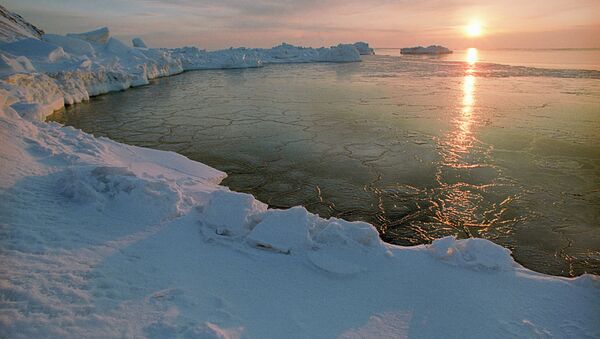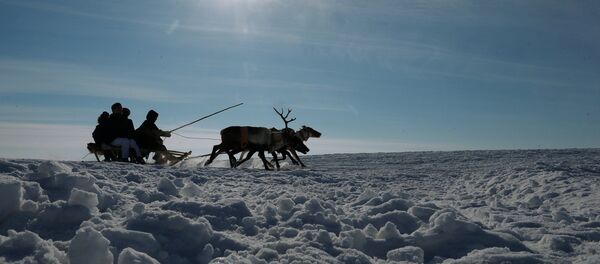An international team of scientists led by the National Oceanic and Atmospheric Administration (NOAA) found that the Arctic has heated by three degrees Celsius since the 1990s.
“Warming is happening more than twice as fast in the Arctic than anywhere else in the world,” online news site Raw Story quoted Rick Spinrad, NOAA chief scientist, as saying.
This was the hottest November on record for the planet, including parts of the Arctic that were 18°F above normal https://t.co/4hYlaXu3Ki
— ClimateCentral (@ClimateCentral) December 16, 2015
The study pointed to abnormally high temperatures causing a rapid decrease in Arctic sea ice.
This year’s sea ice maximum occurred February 25, two weeks earlier than previously measured, breaking records kept since 1979.
“Arctic minimum sea ice extent has been declining at a rate of 13.4 percent per decade” relative to the 1981-2010 average, according to the findings.
The decline in ice levels has triggered a habitat change for many Arctic animal species.
“This behavior, documented through aerial surveys, has created problems such as overcrowding which has led to stampedes that have killed calves and difficulty in finding food,” the report said.
A number of fish species have been affected by temperature shifts. In particular, subarctic fish species like cod, beaked redfish and long rough dab have been forced to move north, threatening the existence of smaller Arctic fish unprepared for new predator types.
“The next generation may see an ice-free summer but hopefully their descendents will see more ice layering later on in the century.”
NOAA’s Spinrad observed that the report “shows the importance of international collaboration on sustained, long-term programs that provide insights to inform decisions by citizens, policymakers, and industry."




